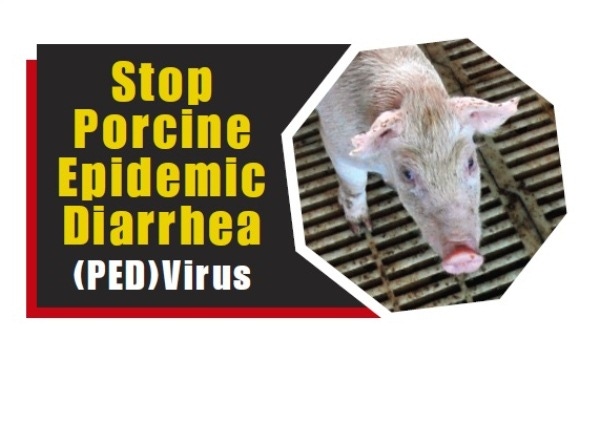Pondering PEDV Details
March 21, 2014

In anticipation of next week’s USDA quarterly Hogs and Pigs Report, Steve Meyer and Len Steiner focused a recent issue of the Daily Livestock Report newsletter on some of the key points to ponder when reviewing the impact porcine epidemic diarrhea virus (PEDV) has had on the U.S. pork industry.
Meyer and Steiner expect PEDV will have the biggest impact on the December-February pig crop and the under-50-lb. and 50-119-lb. market hog categories, due to the fact that roughly 60% of the total PEDV accessions for all hogs and for suckling pigs have occurred since December 1.
Like what you’re reading? Subscribe to the National Hog Farmer Weekly Preview newsletter and get the latest news delivered right to your inbox every week!
The authors point out that the major slaughter market impact for herds that are infected with PEDV occurs about six months after the individual herd breaks. This is because the virus is deadly for suckling pigs, with losses of 100% being common for animals under three weeks of age.
Other Key PEDV points:
PEDV is a coronavirus that had never been observed in the U.S. until last spring.
PEDV is closely related to the coronavirus that causes transmissible gastroenteritis (TGE).
The first identified PEDV case occurred in Iowa in May 2013.
The first identified virus strain was 99% genetically identical to a strain found in China in 2010.
Two other PEDV strains have been identified in the U.S. since the initial strain was identified. According to Derald Holtkamp, DVM, Iowa State University, the degree of difference suggests that these strains of PEDV are separate introductions, not mutations.
A third new virus, called delta coronavirus, has also been identified. It is less virulent than the PEDV strains.
Being a virus, there is no direct treatment for PEDV once it appears in a herd.
With no preventative vaccine available at this time, the only way to fight the disease at present is to feed infected feces or tissue back to yet-uninfected animals in order to make them sick and stimulate an immune response. Immune sows then provide antibodies to later litters of pigs through the colostrum they produce.
See related story, “Exposing Sows to PEDV to Build Herd Immunity.”
PEDV survives very well outside a host animal in cold temperatures. Veterinarians warned the pork industry last summer that the PEDV virus may be very difficult to control once colder winter temperatures and winter hit. That warning proved to be correct.
Steiner and Meyer note that the National Animal Health Laboratory Network publishes weekly PEDV data by state at the American Association of Swine Veterinarians (AASV) website.
The Daily Livestock Report newsletter is available online at http://www.dailylivestockreport.com/. Meyer provides a weekly analysis of the factors impacting the U.S. pork industry in the National Hog Farmer Weekly Preview newsletter each Monday.
Meyer's most recent articles include:
High Hog Prices Come with Complicated Consequences and a Positive Export Picture
Large Reductions Estimated in Hog Supply Due to PEDV
You might also like:
High Hog Prices Come with Complicated Consequences and a Positive Export Picture
You May Also Like



